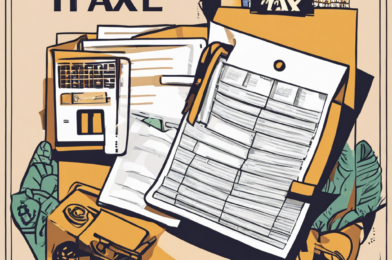Saving money each month doesn’t have to be complicated. In fact, with some simple lifestyle changes, you can easily save $100 or more per month. Here are 10 easy ways to save money each month:
First, cut the cord on cable TV. Cable TV packages are expensive, often $50-100 per month or more. Switch to streaming services like Netflix, Hulu or YouTube TV and save $50-100 per month.
Second, stop buying coffee every day. Buying coffee from Starbucks or another coffee shop 5 days a week costs around $20-30 per month. Brew your own coffee at home and save that money each month.
Third, meal plan and cook more meals at home. Eating out or getting takeout most nights can cost $200-500 per month for a family of four. Plan your meals, cook more at home, and save $100-300 per month.
Fourth, reduce utility bills. Little changes like turning off lights and electronics when not in use, adjusting the thermostat, and using Energy Star certified appliances can save $20-50 per month on utilities.
Fifth, refinance high-interest debt. If you have high-interest debt like credit cards, consider consolidating and refinancing to a lower rate. You could save $30-50 per month in interest charges.
Sixth, cut monthly subscriptions. Look for subscriptions you’re no longer using like streaming services, meal kits, gaming memberships, etc. Cancel any unused subscriptions and save $10-30 per month.
Seventh, buy generic or less expensive brands. Switch from name brands to generic or less expensive brands for things like groceries, household supplies, and toiletries. You’ll save $20-50 per month.
Eighth, ask your insurance providers for a lower rate. Call your auto, homeowner’s, and life insurance companies and ask if they can lower your monthly premiums. They may be able to lower rates by $10-30 per month.
Ninth, sell unwanted items online. Go through your basement, attic, garage, and closets and look for valuable items you no longer want. Sell them on websites like eBay, Craigslist, or Facebook Marketplace for $50-200 per month.
Tenth, cut out one or two restaurant meals. Reduce how often you eat at restaurants each month. Cut out just one or two meals out and you’ll easily save $20-50 per month.









